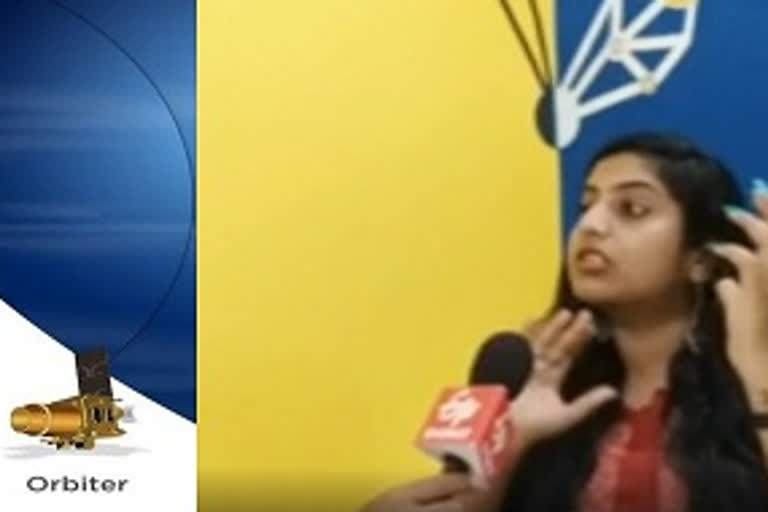New Delhi: Chandrayaan-2's landing module 'Vikram' will begin its final descent to pull off a historic soft landing on the lunar surface in the early hours of Saturday, as the Indian Space Research Organisation awaits with bated breath for the "terrifying moment".
The landing will be followed by the Rover - Pragyaan - roll out between 5.30 am to 6.30 am. The Rover is housed inside the Vikram lander.
The crucial landing of Vikram, onboard the Chandrayaan-2 moon mission, will be carried out by at least eight onboard equipment in a coordinated manner.
Speaking about ISRO's dream project -Chandrayaan 2, Astha Talwar, an Astronomer, said that the Orbiter of Chandrayaan-2 is orbiting in the Moon orbit, going from pole to pole. The Chandrayaan-2 Orbiter is in its orbit and the Vikram lander, which separated from the orbiter two days ago, has entered the final orbit to be precise.
When this happens, the engines of Vikram lander will be fired to slow its speed as it goes for the final soft landing. Once the final touchdown of Vikram lander takes place, the rover Pragyan will come down from the ramp which will be lowered after two hours of landing. The Pragyan will come down and start its journey of moving around the Moon's south pole area, added Talwar.
Comparing the Moon mission, Chandrayan-2, with Isro's first mission Chandrayaan-1, Talwar said, India succeeded in reaching the Moon orbit earlier as well. From there, it continued and a small impact probe separated and the probe impacted on the Moon surface.
What made Chandrayaan-1 special was the fact that it used spectrometric cameras and instruments to help scientists in proving that there is water on the Moon's surface.
At the time, the Orbiter remained about 140 km above the Moon surface.
Vikram lander will take approximately 30-50 minutes to touch down the last 35 km. The former ISRO scientist shared that there is a large number of experiments that Pragyan rover has to carry in its 14 days of existence on the Moon's surface.
The important experiments will be conducted by the instruments on the Vikram lander as well as Pragyan rover. One of the tests includes measuring the seismic activity on the Moon.
Summing up the interview, Astha Talwar, smilingly answered the last question about the size of Vikram lander. He said Vikram lander might be a little bigger than a huge dining table.
Also Read: All you need to know about Chandrayaan-2



